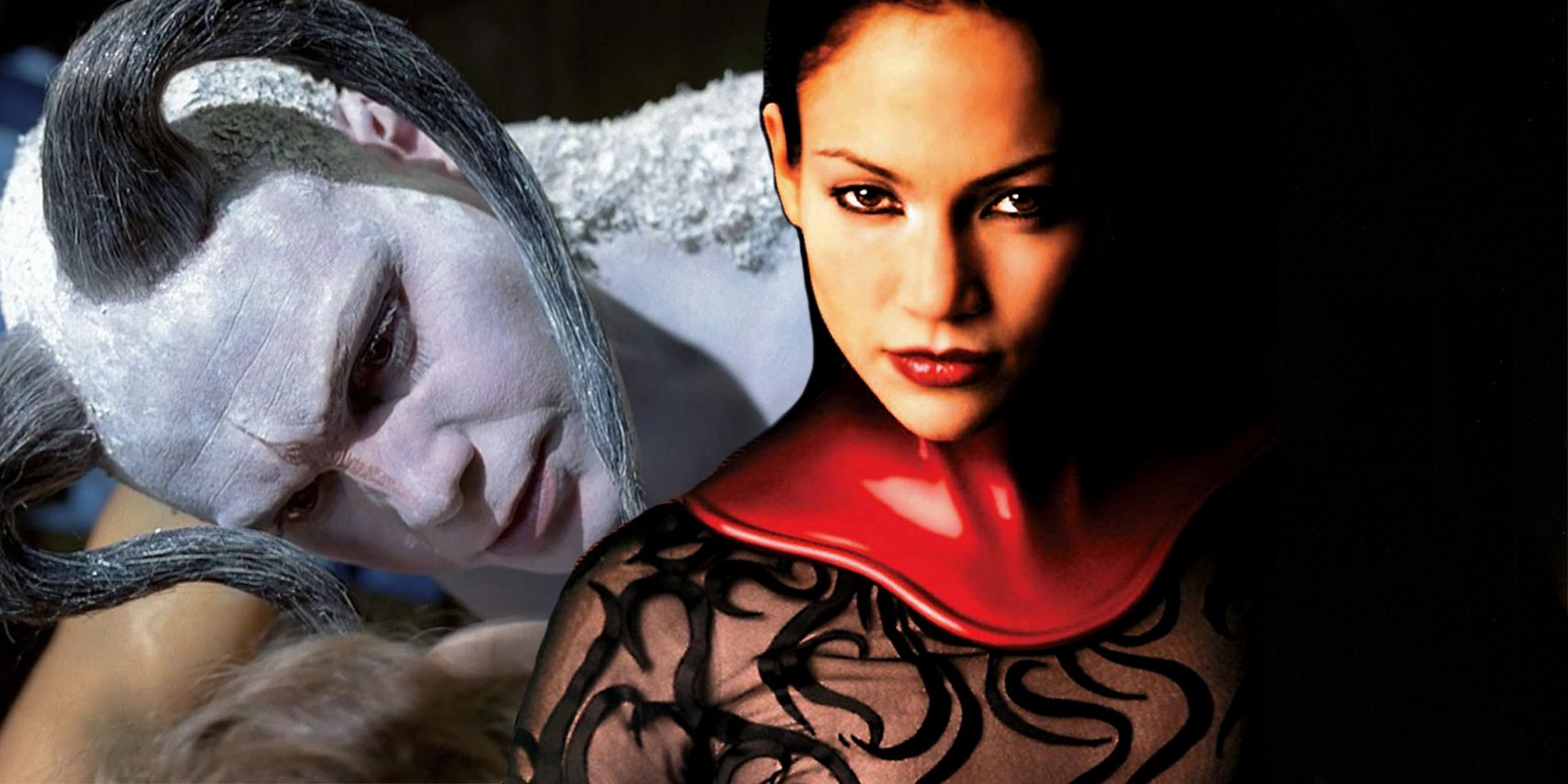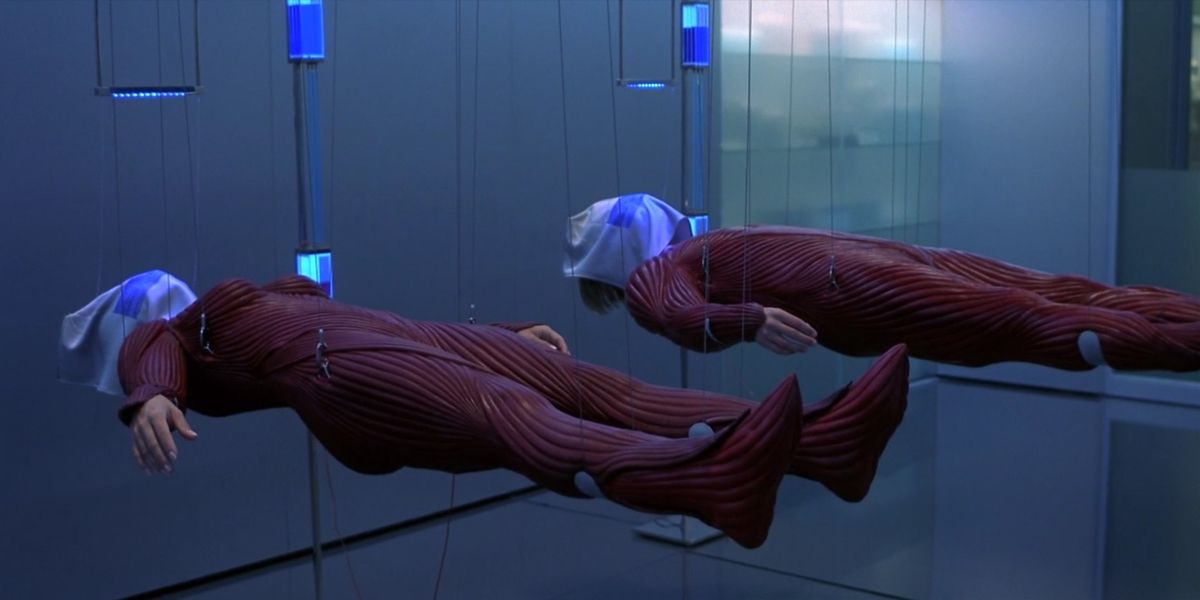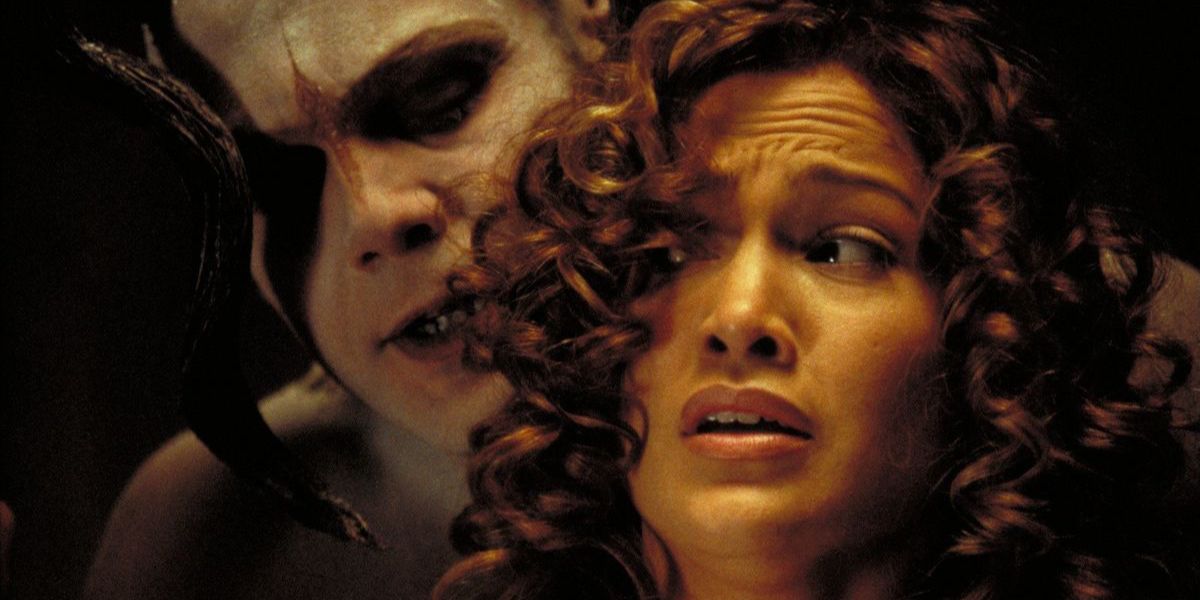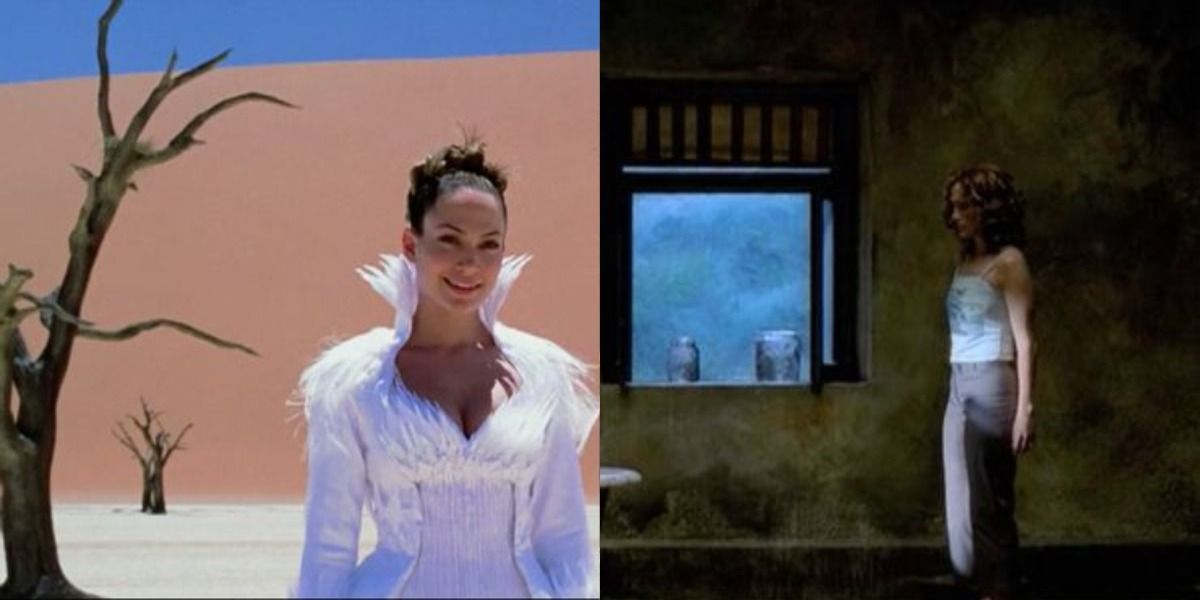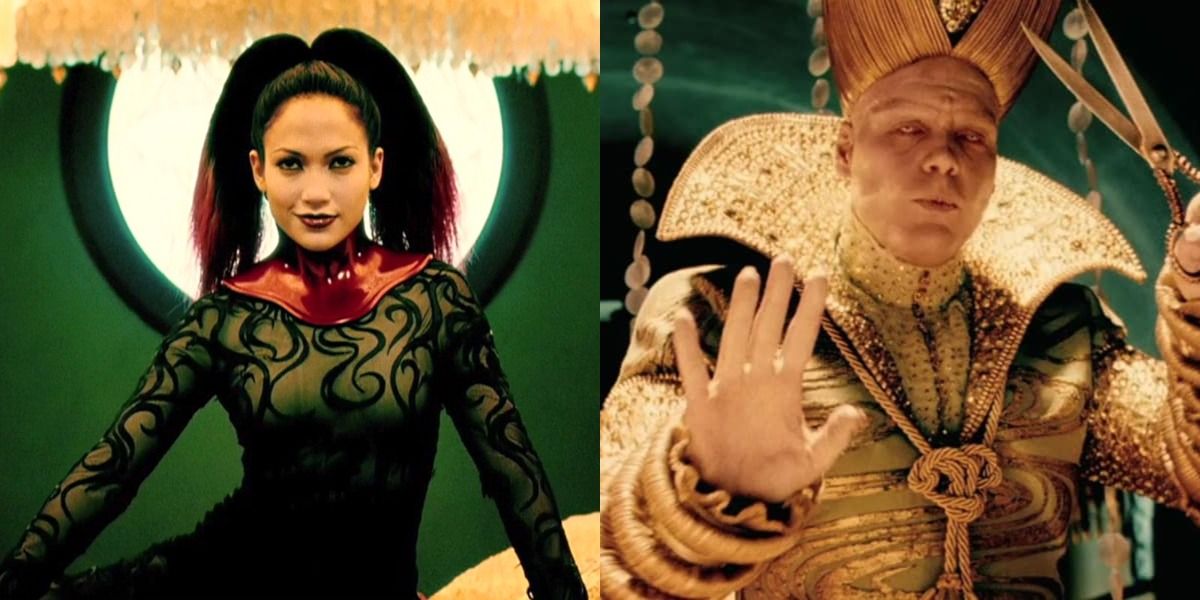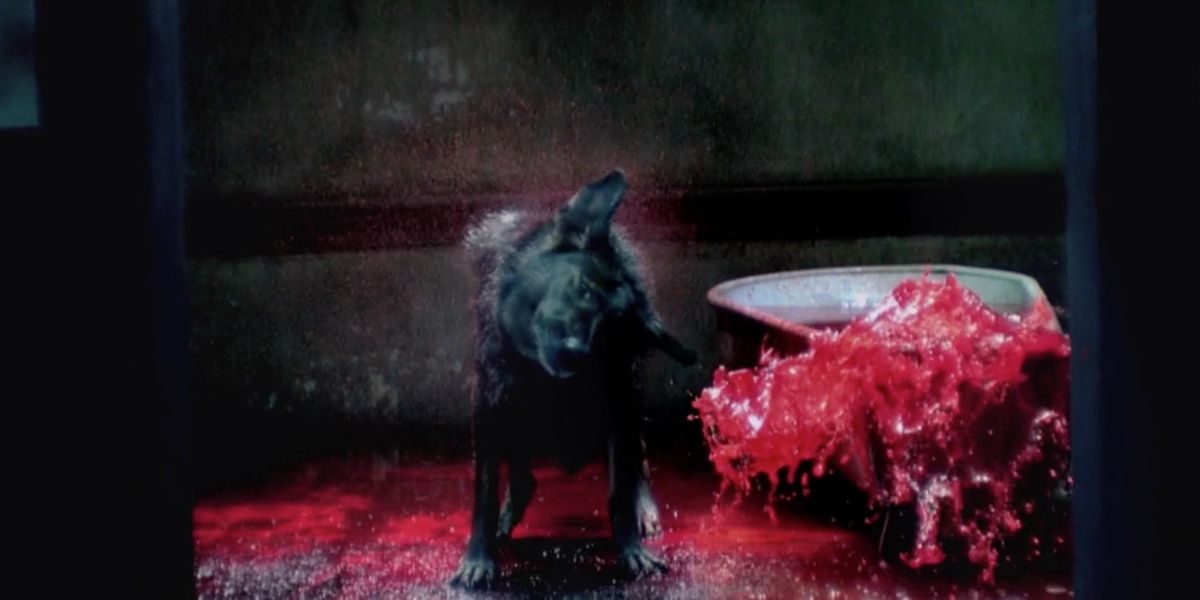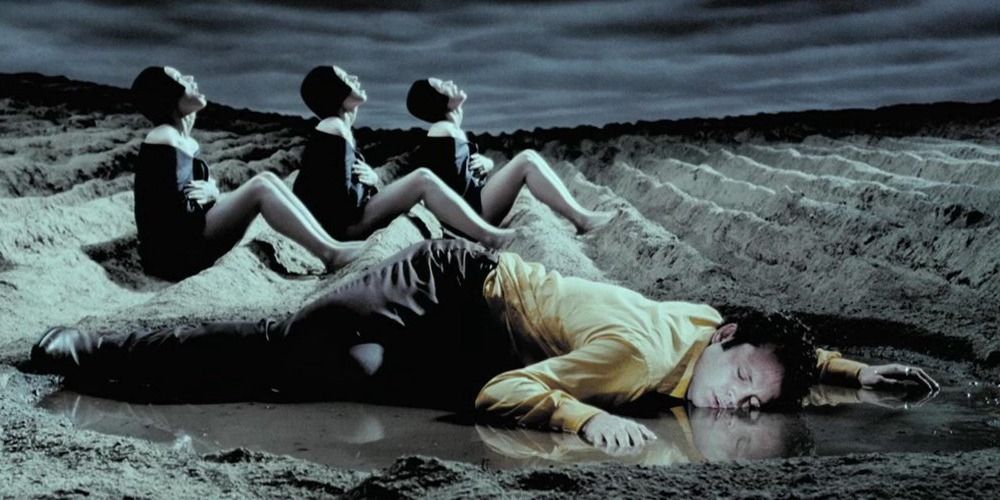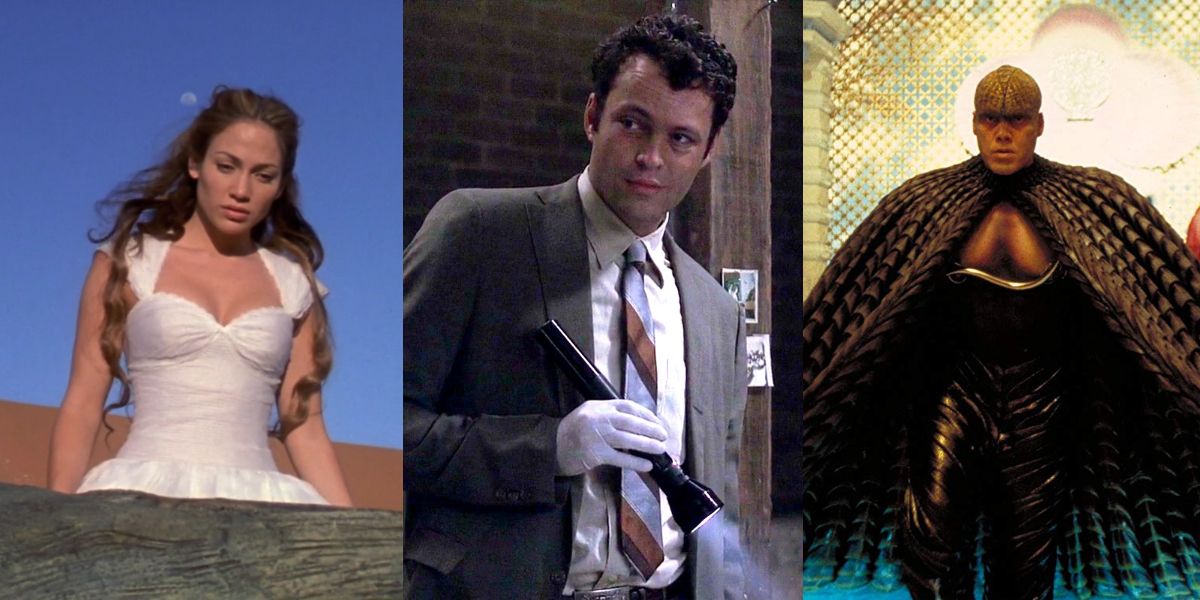Content Warning: This article contains references to violence and murder.
In the age of 2000s thriller movies, The Cell is a hidden gem for its extreme visuals of horror, intense storyline, and characters. The Cell centered around a social worker/psychologist using new emerging virtual reality therapy to go deep into the mind of a serial killer, where they try to find his latest victim before it's too late.
While the movie received low scores and ratings, it slowly turned itself around as a great science fiction psychological horror movie, starring Jennifer Lopez. Not only did fans of the movie become enamored by its eery use of imagery and costuming, but they also loved it for the way it interweaved complex plots too. There are several reasons why this movie is underrated.
The Use OF Mind-Bending Technology
Back when the movie debuted in 2000, the idea of the technology used in the movie seemed far-fetched. With shows like Black Mirror and more, the use of virtual reality has brought the world into a new light. However, the technology used in The Cell was quite advanced for its time.
Catherine Deane (Jennifer Lopez) is a child psychologist who takes part in a privately funded treatment. Catherine and two scientists use a "Neurological Cartography and Synaptic Transfer System" device, which allows Catherine to enter the mind of comatose patients. This gives her the ability to enter their psyche or dream world to coax them back to reality.
The Main Cast's Performances
In the lead role is Jennifer Lopez as Catherine. Catherine is a kind and determined woman who deeply wants to help her patients, even if it means using futuristic technology. Lopez's performance was loved by some fans as she embodied this mother-like persona, who wanted to find the root issue of her patient's problems. Not to mention, she barely flinched from the idea of what she had to do.
Alongside Lopez was also Vincent D'Onofrio, who plays the serial killer Carl Rudolph Stargher. While audiences and critics weren't happy that the movie tried to empathize with the killer, many did praise D'Onofrio's performance.
Gothic Visuals & Set Design
One thing to greatly admire about The Cell is its incredible use of gothic visuals and set design. The aesthetic of the movie is well in tune with what was seen of the genre in the 2000s. In the movie's DVD commentary, director Tarsem Singh describes why he used the Namib-Naukluft National Park in Namibia for the opening scene.
Singh explains, "Everything looks artificial about it, but that’s exactly what it looks like. It’s just there, it’s a different planet altogether.” For some of the other scenes, it appears as if Singh took inspiration from some of the music videos he directed too (including R.E.M's "Losing My Religion").
Costuming/Make-Up
What made the visuals and set design for The Cell so much more impactful was the costuming done by the Oscar-winning Eiko Ishioka. Speaking about the costume designer also on the DVD commentary, Singh said that "'subtle [doesn't exist] in her vocabulary." He was certainly right, as the costuming, which was quite similar to the work she did on Dracula, only amplified the dream-like illusion Singh wanted to create in a gothic setting.
It's not just Ishioka who deserves credit for her work on the movie, the make-up department was seen to do a great job too. In fact, Michèle Burke and Edouard F. Henriques attained an Oscar nomination for their work on this project.
Astounding Cinematography
When it comes to cinematography, the movie did an impeccable job that only heightened the alternate reality and psyche that viewers witnessed. Working alongside Singh was cinematographer Paul Laufer, who managed to capture the sense of eerieness and suspense of the movie through the camera angles and different shots.
For instance, one scene that stands out is the slow-motion wet dog. The first time Catherine enters Carl's mind, she witnesses a black down shaking its wet fur next to a tub of bloody water. Singh explained in the commentary that no sound effects needed to accompany the scene because the image itself was "loud." The close-up shots that featured Lopez and D'Onofrio together also allowed viewers to feel the fear and dread.
Artistic Parallels
There's a lot of artistic parallels that can be found throughout the movie. In one scene, audiences were able to see Singh parallel artist Damien Hirst when he replicated the graphic statement piece, 'Mother and Child (Divided)' - with the director using a horse instead of a cow as his subject.
This is not the only artist that Singh alludes to either. In another scene, the director chose to reference Odd Nerdrum's 'Dawn' painting, which he allegedly saw when he was visiting David Bowie's house. By alluding to the pieces to the movie, Singh managed to maintain the surrealistic horror tone he was going for.
Interweaving Three Plots Together
When analyzing the movie, some fans praised it for its seamless interweaving of three plots. The first story explores Catherine and her work as a psychologist, where she is trying to help a young patient while they are comatose. The second story then sees her journey inside Carl's mind, where she tries not to succumb to it herself.
While this is all occurring, the audience then sees a third story taking place, where the FBI and an agent trying to find Carl's last victim. Although there were mixed reviews about the movie, it did get the attention of notorious film critic, Roger Ebert, who stated how he believed Singh was a "visual virtuoso who juggles his storylines effortlessly."

